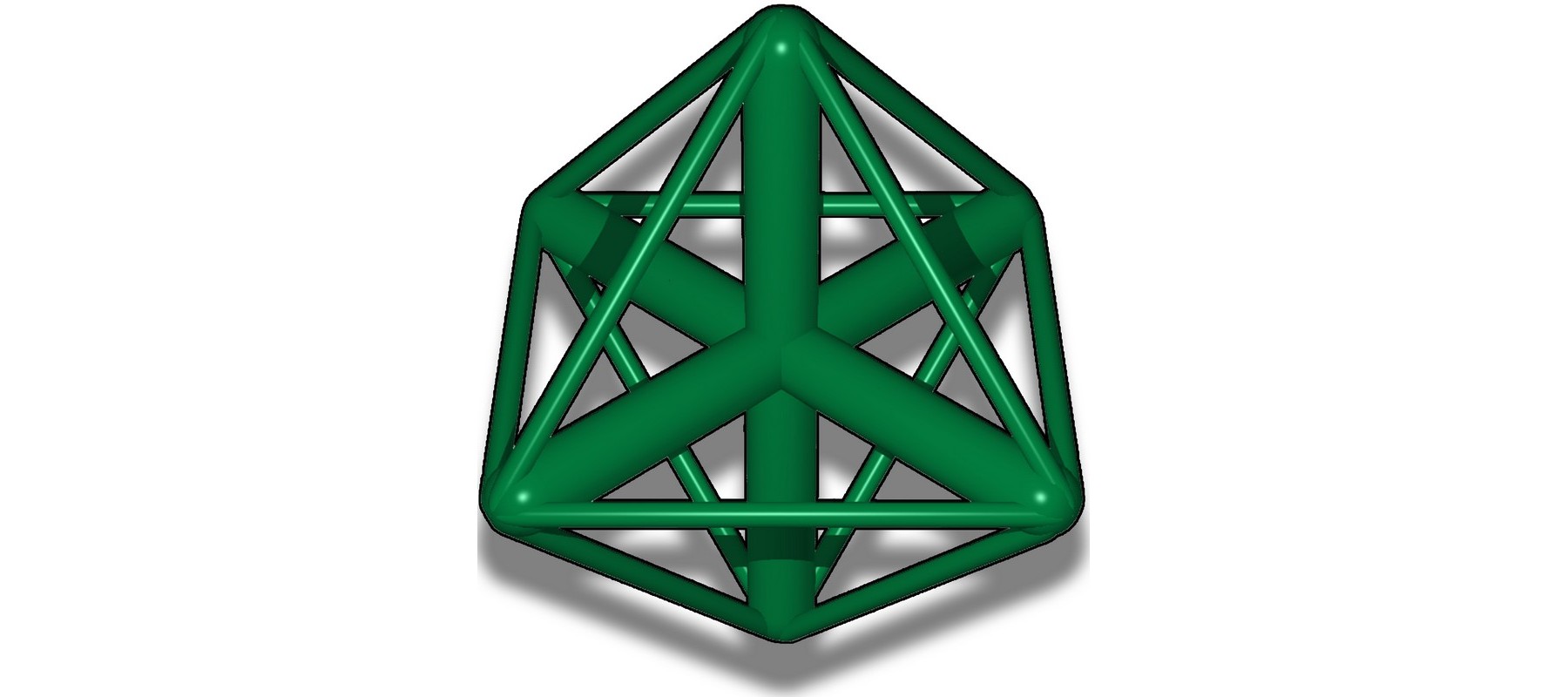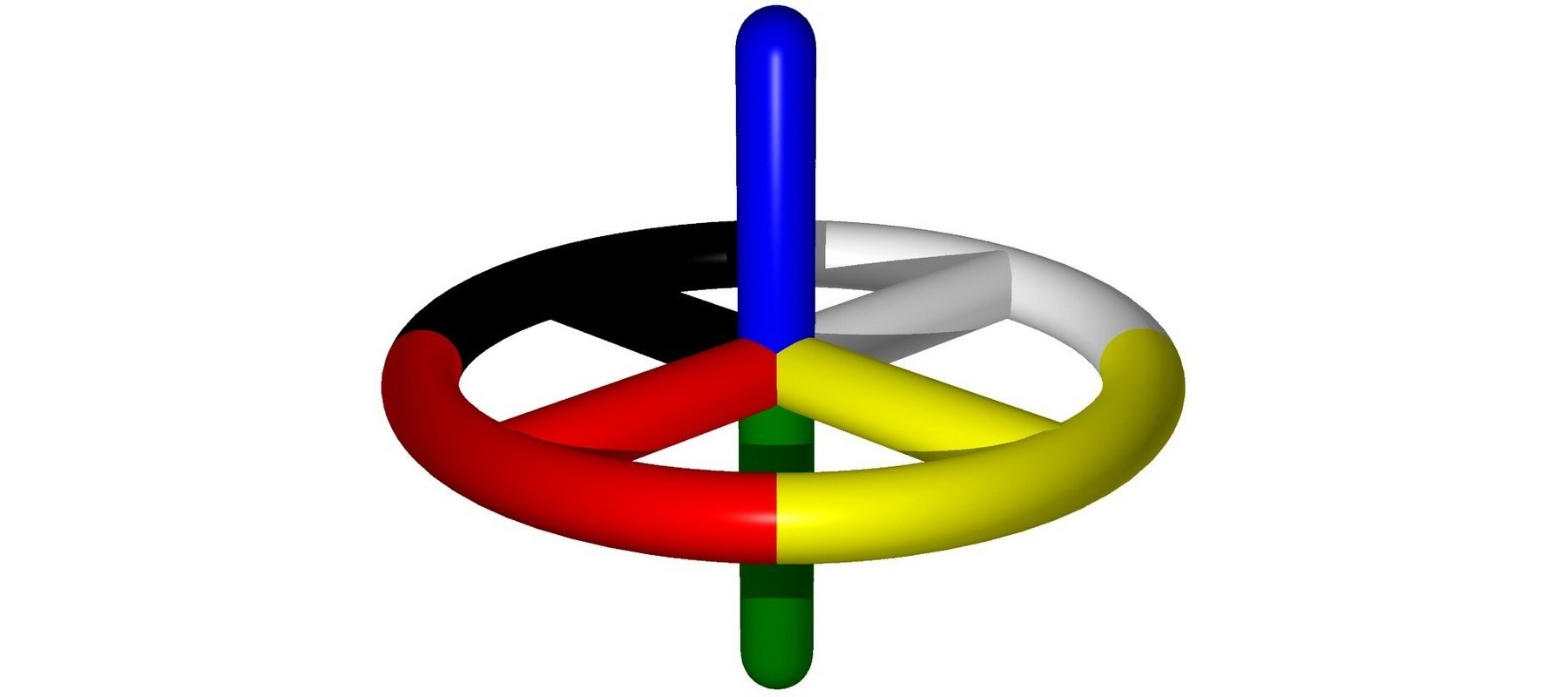Operating pi in the Unit Simulacrum gives the Pi Unit Simulacrum. It makes you think of the nature of the unit. The Pi Unit Simulacrum is the sum of 1 + pi in the form of a value and a ratio.
The Pi Unit Simulacrum is:
SimSum(1,pi) = Sum(1+pi) =
[Possibilities to Observe (Poss2Obs) are:
1, pi, (1/pi) and (pi/1);
{Case 1: pi<=1, 1>=pi, (pi/1)<=1, (1/pi)>=1;
pi ( 1 + 1/(pi/1) ) or 1 ( 1 + (pi/1) )
pi ( 1 + (1/pi) ) or 1 ( 1 + 1/(1/pi) )
Case 2: pi>=1, 1<=pi, (pi/1)>=1, (1/pi)<=1;
pi ( 1 + 1/(pi/1) ) or 1 ( 1 + (pi/1) )
pi ( 1 + (1/pi) ) or 1 ( 1 + 1/(1/pi) ) } ]
The solution depends on (pi/1) or (1/pi), and causes one to ask the question:
"What is the 1?"
What is the unit?
It is long past time to stop ignoring The Pi Paradox. There are two different meanings based on radius, r, or diameter, d.
In the ratios (1/pi) and (pi/1), the 1 can be r=1 and d=1, giving two different solutions.
If r=1:
Circumference, C = 2(pi)*r
Area, A = (pi)*r^2
Volume, V = 4/3*(pi)*r^3
If r = 1, then pi is half a circle.
If d=1:
Circumference, C = (pi)*d
Area, A = (pi)*d^2 / 4
Volume, V = (pi)*d^3 / 6
If d = 1, then pi is a whole circle.
The fact that pi has two meanings both represented by the same symbol, pi, is The Pi Paradox. Two unequal things are called the same symbol. The Pi Paradox.
The solution to having two meanings for the same symbol is to create a new symbol for the second meaning, and expand that meaning.
Using the new symbol for pi based on a whole diamenter and a whole circumference circle, we can define Whole PI as three diameters overlapping in a ratio of two vertical to one horizontal, with the circle of unit diameter centered on the axes.
The new symbol for pi allows a new understanding of pi, and new simple equations:
First Dimension of Space: 2(PI)(d^p)/2p
Second Dimension fo Space: (PI)(d^p)/2p
Third Dimension of Space: (PI)(d^p)/2p.
Thus, Whole PI allows the pattern behind Dimensions to be seen as:
2(x^p)/2p for the First, then
(x^p)/2p for the Second, Third and all other Dimensions.



Go to the Next Page
This site was created with the Nicepage
